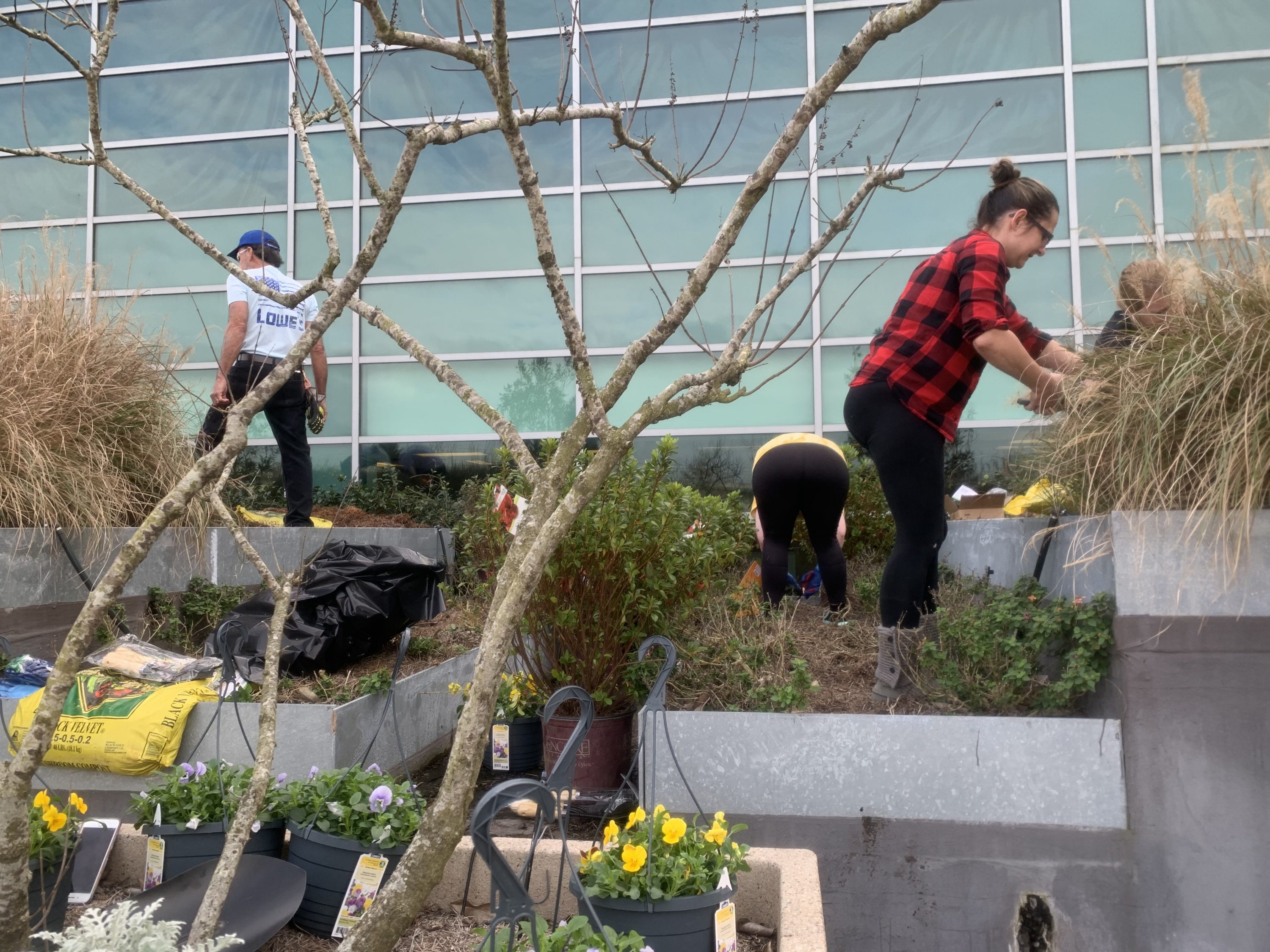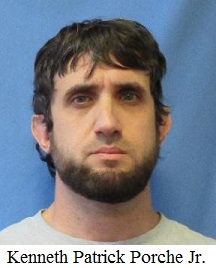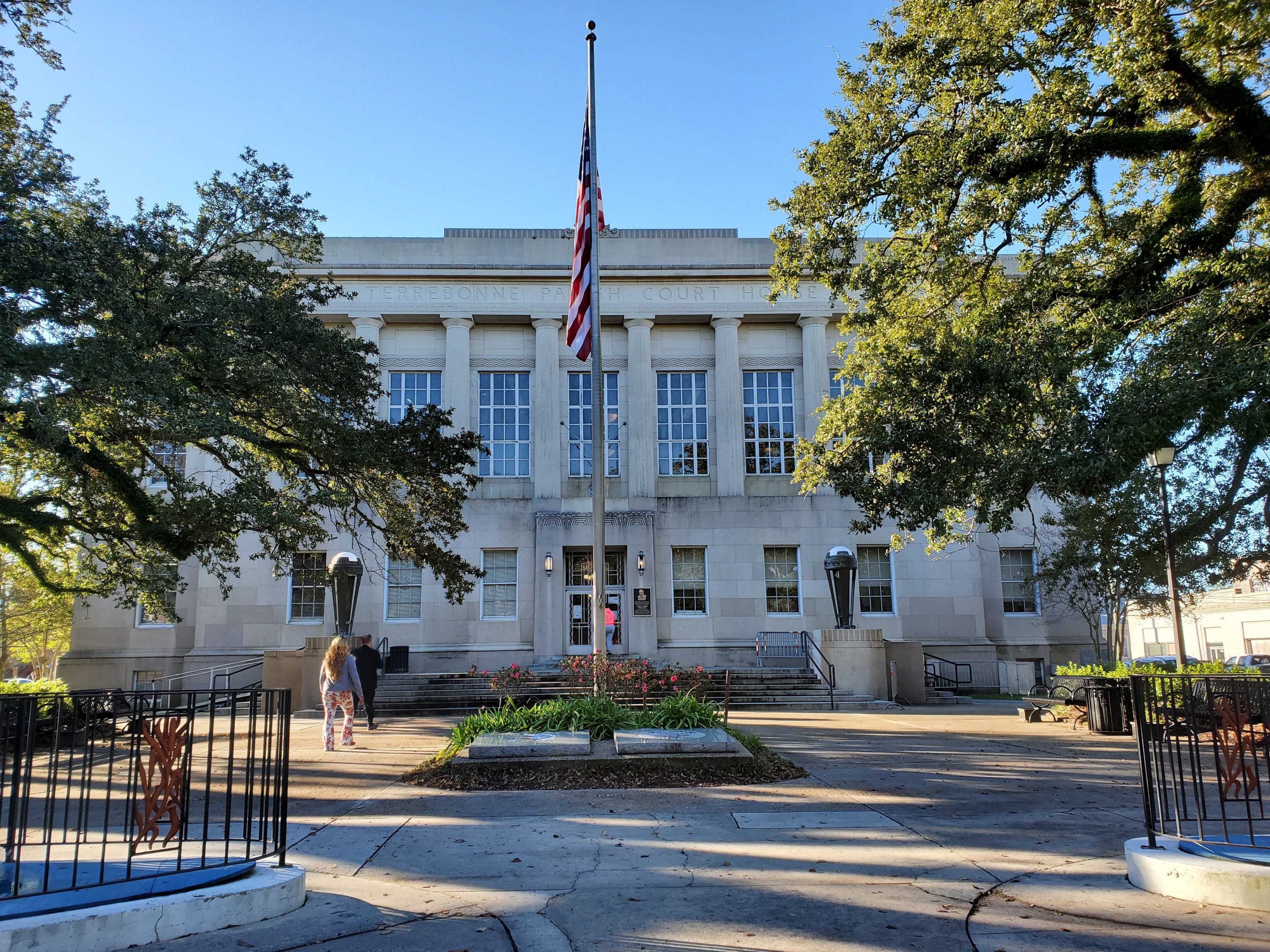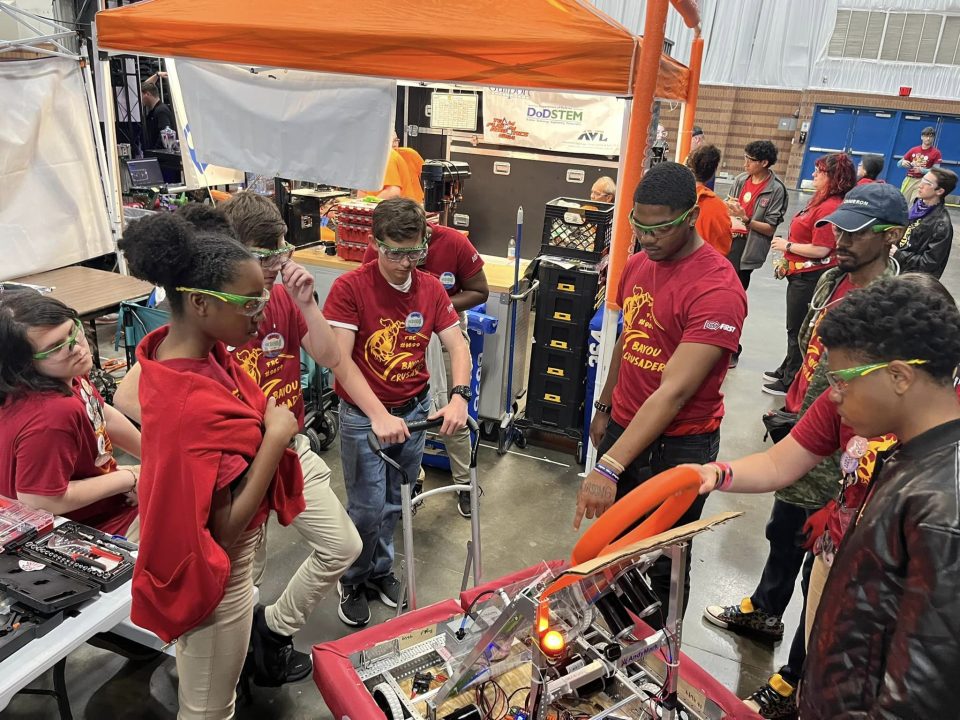
Seeds of Hope planted by Volunteers at Mary Bird Perkins TGMC Cancer Center
January 23, 2020
Houma Man Sought by Authorities
January 24, 2020The Southeast Central Regional Re-entry Program recently graduated their first class in the Lafourche-Terrebonne area with Hi-Set. 53 prisoners received their high school degree equivalent, preparing them for reintegration with society. The program is funded by a grant through the state of Louisiana as well a help from volunteers.
“What happened in the past, as long as they don’t repeat that behaviour, leave what happened in the past in the past,” said Judge Juan Pickett. “When we graduated the ones last week, I didn’t do a headcount, but at least half of them are from Terrebonne. Some that came through me.”
Judge Picket was elected in 2014, and is still in his first term, or as he says, “I’m the rookie judge here.” He was the assistant district attorney in Terrebonne Parish for 21 years.
The re-entry program is Statewide, and aims at giving inmates skills and treatment necessary to rejoin society. Within this region, it is housed in Lafourche, and is a collaborative effort spearheaded by Lafourche Parish Sheriff Craig Webre, said Pickett. Pickett represents Terrebonne as a co-chairman, Jeremy Granier represents Lafourche as a co-chairman, and Hester Serrano is also a co-chairman, representing the Department of Corrections.
“All credit to Sheriff Webre, because he really stuck his neck out on the line, and really supported the re-entry program,” he said
Upon entering the system, the inmate receives an assessment, essentially a questionnaire, called TIGER (Targeted Intervention Gaining Enhanced Re-entry). This evaluates the risk, from low to high, the inmate poses to re-offend.
“If you’re high risk, or you’re a danger to society, this program is not for you,” Pickett said. “It’s for nonviolent offenders who are not going to prey on society when they get out.”
Pickett broke down the issues he said he saw led to recidivism: lack of education, lack of job skills, substance abuse, mental health issues, lack of role models, and no spiritual guidance.
“When I was a prosecutor – even as judge – I’d get letters from inmates all the time saying, ‘ I swear I’m going to do better. I’m gonna do better when I get out’,” he said. “So people would get out of jail with the intention of doing well, but they’d hit a brick wall again.”
This can lead to a downward spiral, according to Pickett, because not only do the former inmates lack one of these elements, but now they also have a felony on their record. This can lead to the former inmate to seeing little option but to re-offend.
“That’s one thing I always tell kids, you know, they keep getting these felonies and it’s just a vicious circle,” Pickett said. “Once you accumulate the second one, the District Attorney has the authority to charge somebody as a habitual offender.”








